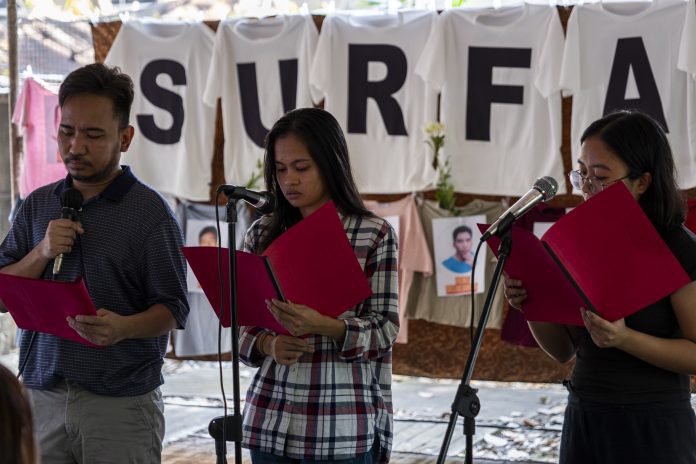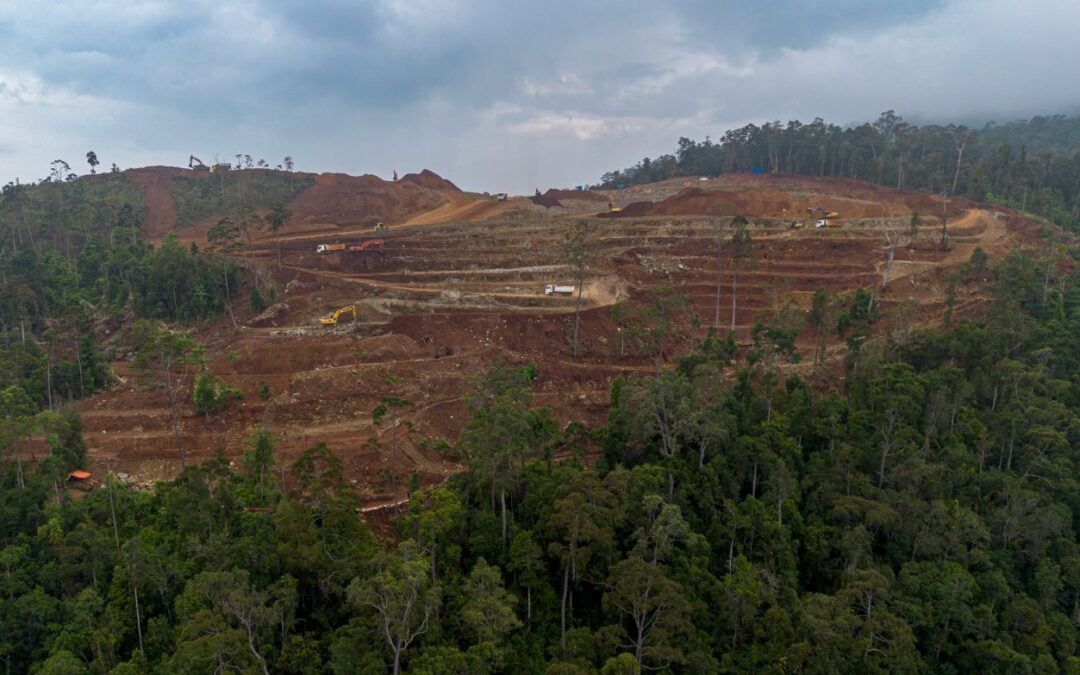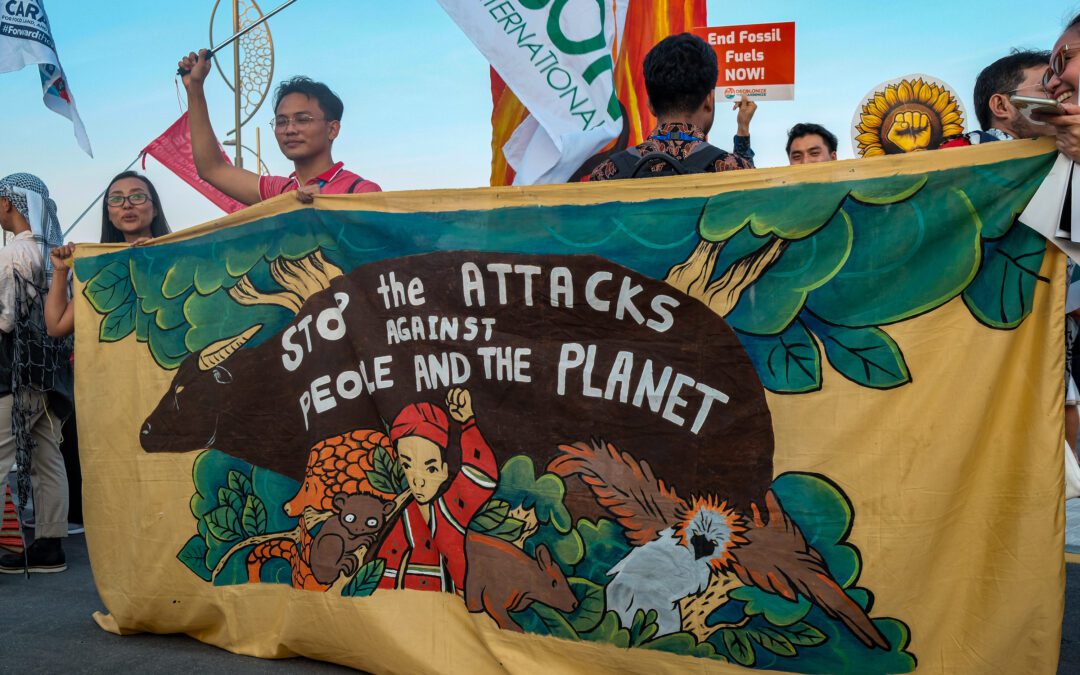Pro-environment groups on September 9 urged Philippine authorities to conduct an investigation into San Miguel Corporation’s (SMC) mangrove reforestation activities.
The groups questioned the “manner by which mangrove planting is being conducted” by the corporate giant in a coastal area in Bulacan province.
In a letter sent to agriculture secretary Willaim Dar, environment secretary Roy Cimatu, and interior and local government secretary Eduardo Año, the groups said there are several issues about how SMC is planting the mangroves.
The groups said the corporate giant is planting “wrong species” in the “wrong zone,” adding that “proper zonation was not observed.”
Organizations that made the appeal were Oceana, Advocates of Science and Technology for the People (AGHAM), Living Laudato Si Philippines, Kalikasan People’s Network for the Environment, Center for Environmental Concerns, and Mangrove Matters PH.
They claimed that the mangroves were planted in pneumatophores or the mangroves’ “unique root system… that thrive in the seaward zones.”
“These roots protrude from the ground to do a gas exchange and most of their parts are found beneath the soils. The wrong mangrove species that were planted can potentially harm the pneumatophores of the mangroves that serve as their breathing roots,” the statement read.
Last month, SMC announced its plans to develop an 80-hectare mangrove plantation in Paombong town, Bulacan province in line with its reforestation program.
The company has already started the initial stage of development in the first 20 hectares of the mangrove reforestation project in the coastline of Masukol village. About 2,500 mangrove propagules would be planted per hectare.
SMC said the mangrove plantation project includes the expansion of the Bulakan Mangrove Ecopark in Taliptip village where a new international airport is set to rise.
SMC President Ramon Ang said the company is “carefully studying the site in consultation with a mangrove expert to ensure that we will address potential challenges.”
“Planting is just the first step. Making sure that these mangroves grow to adulthood is the bigger challenge and will involve the community, especially those that will benefit from it,” Ang said.
Pro-environment groups, however, said SMC is planting the propagules “too close” to each other.
“Protocols for mangrove planting include planting mangroves at a certain distance. When fully developed, the roots of mangroves dominate the substrate,” the groups said. “Ideally, planted seedlings should be spaced 1 meter apart and 2 meters between the rows.”
The groups urged SMC to consult with stakeholders, especially scientists or experts, who can “provide data-driven and sustainable ways to do the activity,” before proceeding with the project.
“Despite their announced noble intentions, it would seem that the mangrove planting activities conducted can actually be detrimental to the environment,” the groups said.
The groups said the “malpractices will defeat the conservation objectives,” adding that if SMC will continue its activity without taking proper action “we fear that this will result in ecological damages that are irreversible.”






0 Comments